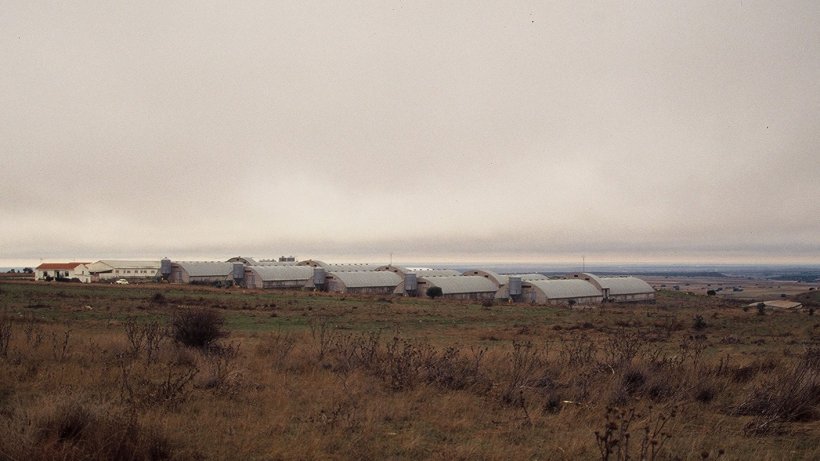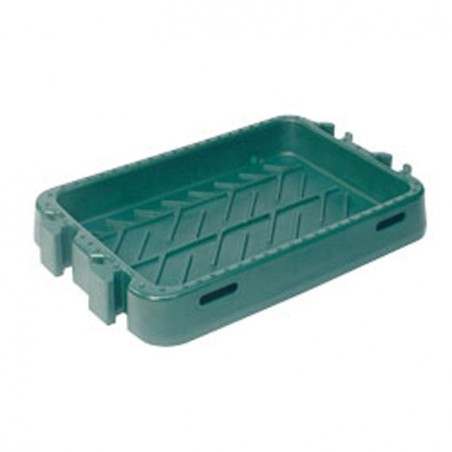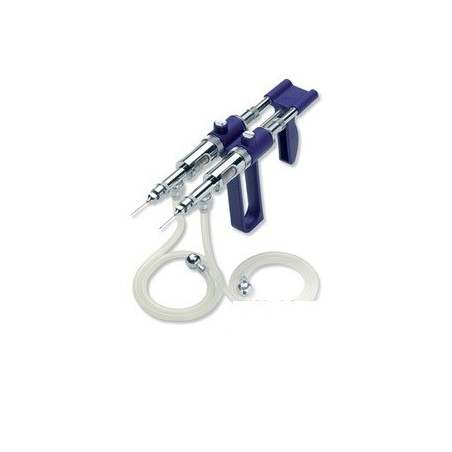Paper
Land altitude, slope, and coverage as risk factors for PRRS outbreaks in the United States PLoS ONE 12(4): e0172638. Arruda AG, Vilalta C, Perez A, Morrison R (2017).

What are they studying?
The study was set up to investigate the association between geographical factors (including land elevation, and land coverage) and PRRS incidence, as recorded in the Bob Morrison's Swine Health Monitoring Project (MHSMP).
How was it done?
Weekly PRRS status data from sites participating in the SHMP from 2009 to 2016 were assessed. The number of PRRS outbreaks, years of participation in the SHMP, and site locations were collected from the SHMP database. Environmental features hypothesized to influence PRRS risk included land coverage (cultivated areas, shrubs and trees), land altitude (in meters above sea level) and land slope (in degrees compared to surrounding areas). Other risk factors considered included region, production system, herd size, and swine density in the area in which the site was located. Land-related variables and pig density were captured in raster format from a number of sources and extracted to points (farm locations). The dependence among sites that belonged to a given production system was accounted for in the analytical model.

What are the results?
The final model included pig density, number of pigs in the site, land coverage, land slope, and region. There was a positive association between location in a high-density swine area and herd size, and incidence of PRRS outbreaks (P < 0.01). Being located in a high slope land (at least approximately 9%) appeared to have a protective effect on the incidence of PRRS outbreaks compared to being located in an area with modest slopes of 2% or less. Land coverage was equally important, where any type of pasture-like cover, needle- or broad-leaved tree cover appeared to be negatively associated with incidence of PRRS when compared to cultivated and managed areas. The presence of shrubs and herbaceous cover, needle-leaved and broad-leaved trees decreased the incidence of PRRS by 0.70, 0.56 and 0.42, respectively. These associations remained significant after accounting for other risk factors for PRRS.
What implications does this paper have?
Location of the farm, especially in high pig density areas, is highly important when it comes to the risk of introduction of PRRS virus. Neither the location of a farm nor the pig density are easy to change.
This study shows that there are still some tools available to decrease the risk of infection from neighbouring sites. Although planting of trees is a quite slow process, some types of tree grow very fast and will be able to help decrease the incidence of PRRS within a few years.
When planning a new farm, very often built in open land, it is important to include, already at that stage, planning of land coverage, and also to choose the optimal land slope if possible.
|
Those of us who have already been working for some years as veterinarians in the pig industry, and more specifically in the field of disease prevention, are encouraged to read the conclusions of the article. I remember when, some years ago, we provided advice on the best locations to set up multiplication farm following the advice of one of the biosecurity pioneers: Dr. Tom Alexander. Tom always advised to avoid flat and unprotected terrains. There was no scientific work, no statistics behind that advice, just common sense. Many of the multiplication farms that we have in Europe today followed their advice, and some of them have been able to remain PRRS negative (more than 20 years without becoming infected). If we take into account that airborne transmission requires a slow air movement (light winds) and high humidity, flat and cultivated areas are ideal for creating the right conditions. The presence of vegetation breaks the wind laminar flow, it generates turbulences and it disperses viral particles, therefore reducing the possibility of infection. As for the type of terrain, if there is at least a 9% slope, this means the farm is not located at the bottom of a valley, where the cold and humid air accumulates, thus providing the best characteristics for airborne disease transmission. Most likely, a good location from the biosecurity point of view is not the most interesting value in terms of construction costs, but surely it is the most economically interesting option in the medium or long term, especially when health status is a limiting factor for production viability, as it may be the case for genetic nucleus or multiplication farms. Science moves slowly forward, but it fills us with joy when it confirms criteria that have been key to the maintenance of the health status of many farms. |












